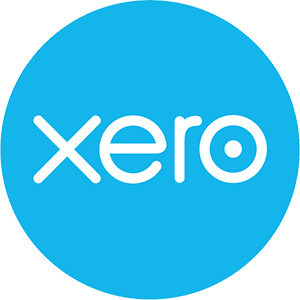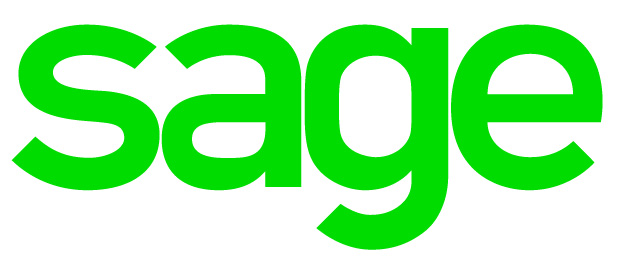NIC increase – now you see it, now you don’t
From April 2022, in line with announcements made last month, National Insurance Class 1 contributions (that will affect employed persons and their employers) and Class 4 contributions (that will affect the self-employed), are increasing by 1.25%.
These increases will affect all employed and self-employed workers that presently pay National Insurance.
This increase will only apply to NIC rates for one year. From April 2023, the 1.25% increase will be removed from Class 1 and Class 4 NIC rates and a new tax is being created to be known as the Health and Social Care Levy (HSCL).
The HSCL will appear as a separate item on payslips and tax statements for the self-employed. The Levy is the closest the UK will have to a hypothecated tax – a tax levied and applied to a specific funding objective, i.e., funds for the NHS and social care budgets.
Whilst payroll software providers will already be making changes to their code to accommodate this new tax, it will be interesting to see if HMRC can adapt their systems in time for the April 2023 launch date.
Many smaller company employers, those that can claim the £4,000 employment allowance, will likely escape payment of the 1.25% increase in employers’ Class 1 contributions. However, the increase will also apply to Class 1A NIC employer contributions and these are not covered by the employment allowance.
Note: Class 1A NIC is payable on the value of taxable benefits provided by employers and is levied at the end of each tax year.
Latest News
- More regulation for trader recommendation sites - July 23, 2024
- Back to work plan - July 22, 2024
- How will Rachel Reeves change UK taxation? - July 18, 2024
- Government is using AI - July 16, 2024
- Remember to pay your Class 1A NIC - July 11, 2024
- Beware business rates appeals deadlines - July 9, 2024
- Tax Diary July/August 2024 - July 5, 2024
- Filing your tax return early - July 5, 2024






